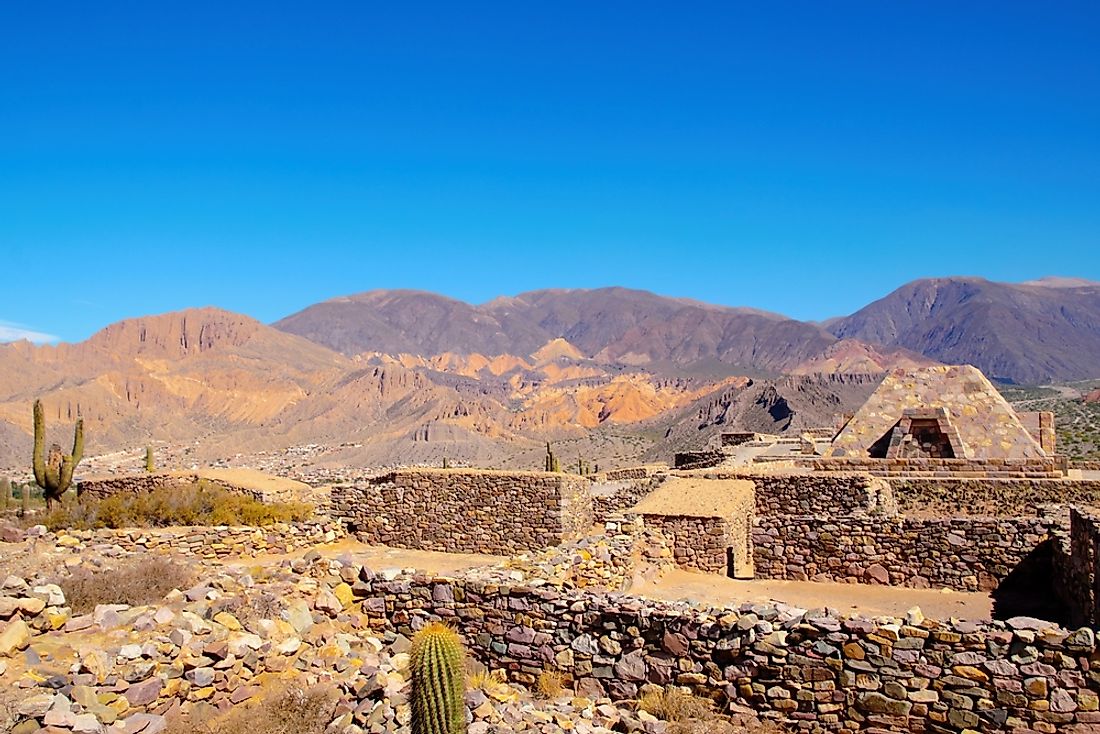Indigenous Peoples Of Argentina

The Republic of Argentina is the third most populous country in South America and the 33rd most populous globally with a population of over 41 million people. The population density is 16 persons per square kilometer of land while the population growth rate is estimated at 1.03% annually and a life expectancy of 76.01 years. Argentina is a diverse country with 35 indigenous groups as recorded by the Complementary Survey of the Indigenous People. Over 600,000 Argentines, or 1.49% of the population, self-identify as indigenous. The most populous of these indigenous groups are looked at below.
Indigenous Groups of Argentina
Mapuche
The Mapuche historically inhabit the southwestern regions of Argentina, and also have a significant presence in the south-central regions of neigboring Chile. The term Mapuche is used to refer to groups of people including Picunche, Huilliche, and Moluche. In Argentina, Mapuche people number around 113,680, which is around 0.3% of the total population. They are traditionally farmers while their social organization is made up of extended families under the leadership of the Ionko or chief. Mapuche believe in a creator known as the ngenechen who embodies older man and woman, and young man and woman. They also believe in a world known as Wenu Mapu and Winche Mapu. Central to their religious belief is the prayers and animal sacrifice to maintain a cosmic balance
Kolla
The Kolla are an indigenous people of Chile, Argentina, and Bolivia. 70,505 Kolla people are living in Argentina today, the second highest number of Indigenous Argentines. Kolla is made up of several groups including Zenta and Gispira. They came into contacted with the Spanish in 1540 and resisted them for 110 years before losing their estate to them. The Kolla continued working for minimal wages even after the Argentina’s independence. The Kolla people were officially recognized the indigenous people of Argentina in 1985 by Law 23303. They regained possession of the Santiago Estate which they lost to the Spaniards in 1997. However, they do not have titles to their land because of the communal ownership of land. Kolla people hold elected positions and also participate in government activities.
Qom
The Qom, also known as the Toba, are found in Argentina, Bolivia, and Paraguay. They are part of the Guaycurues, the indigenous inhabitants of the Gran Chaco region. There are 69,452 Toba living in the provinces of Chaco, Santa Fe, and Formosa in Argentina. The name Qom means “simple people” while Toba means “big forehead.” The Toba people were nomadic hunters and lived in the forested regions of Chaco before the region was taken up by the Argentinean government in the 1880s. The Toba were subsequently employed to work in cotton plantations. In 1924, 200 Tobas were massacred by the police and the ranchers. The floods of 1982 also destroyed the Chaco ruining crops in the process. Currently, the major threat to Toba is the loss of land and livelihood. The Qom speaks Toba language which is a member of the Guaicuruan linguistic group.
Challenges Faced by Argentina's Indigenous Groups
The numbers of indigenous people in Argentina are estimated to be higher than those registered because many of these indigenous people hide their identities due to fears of discrimination and stereotyping. Also, most of them have been assimilated into western civilization therefore no longer consider themselves as indigenous people. Many of the natives are still facing challenges of acquiring land and are also denied certain human rights
Indigenous Peoples Of Argentina
| Rank | Indigenous Groups of Argentina | Contemporary Population in Argentina |
|---|---|---|
| 1 | Mapuche | 113,680 |
| 2 | Kolla | 70,505 |
| 3 | Qom | 69,452 |
| 4 | Wichi | 40,036 |
| 5 | Diaguita | 31,753 |
| 6 | Guarani | 22,059 |
| 7 | Ava | 21,807 |
| 8 | Mocovi | 15,837 |
| 9 | Huarpe | 14,633 |
| Other Indigenous Argentine Peoples | 204,919 |







